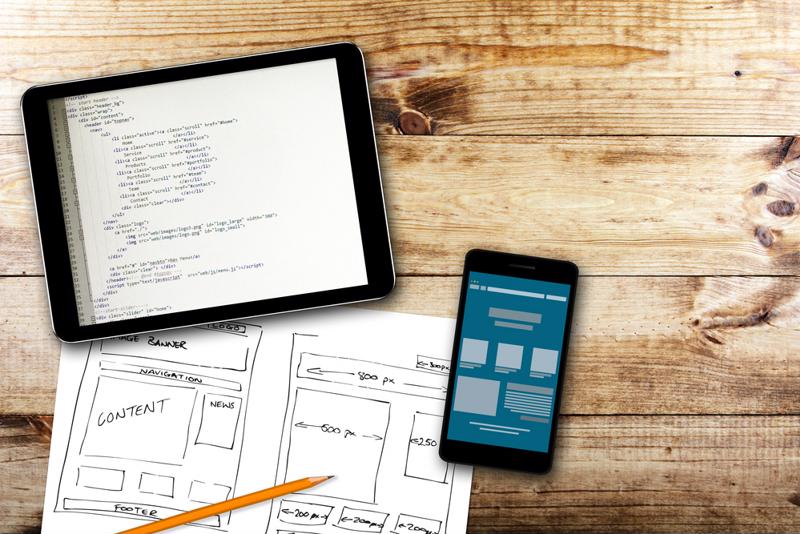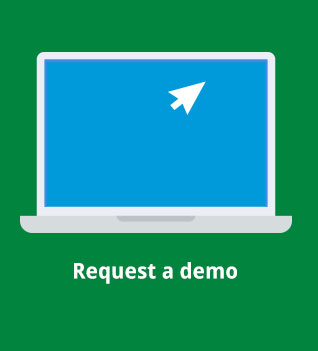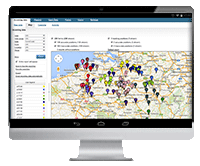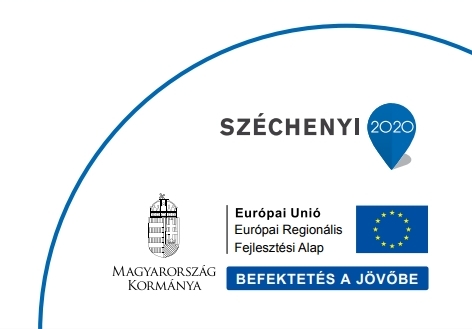In the past few years, enterprise mobility shifted away from being a competitive advantage, and now, mobile apps for your employees are absolutely required in order to keep up with the pace of business. Where there is a need, there are technology vendors offering a solution. In enterprise mobility, mobile application development platforms meet that requirement, enabling organizations to develop, deploy and maintain mobile solutions for their staff members.
Gartner reported that the MADP market is growing, evolving and maturing right now, as more businesses procure these solutions and make their demands known to vendors. Of course, like any other industry in its youth, decision-makers and IT leaders are going to face challenges when finding the best MADP tool for their business needs. Add in the fact that marketing buzzwords are the coin of the realm in enterprise IT, and it becomes clear that organizations will struggle to identify the pros and cons of each platforms.
We know you are reading this on a Mobilengine blog, but don’t expect any bias here. Let’s take a look at some of the most popular MADP solutions on the market, so you can have a better idea of the differences between the many tools available.
Xamarin’s approach
Starting with Xamarin, this MADP offering provides development components and cloud services for the creation of device-native, yet cross-platform applications. The company partnered with Microsoft not too long ago, and therefore supports Windows and Windows Phone as well as Android, iOS and Mac OS X. Gartner reported that Xamarin came to existence after businesses using .NET frameworks demanded mobile app development tools.
According to Gartner, Xamarin is for developers who want to use C# and .NET skills to develop device-native apps for any combination of iOS, Android, Windows 8 and Windows Phone platforms. The MADP solution provides users with a native UI to develop for phone and tablet form factors, but uses shared code on the backend, Forbes reported. With mobile development tool Xamarin Studio and a Microsoft Visual Studio plug-in, Xamarin is not for the faint of heart, as it requires C# coding skills.
Of course, Xamarin is not con-free. One negative, reported by BlueTube, indicated that the development learning curve is steep. On top of that, developers must create individual code bases for every deployment, making maintenance a hassle. Lastly, Xamarin has a shotgun approach to mobile app development, as the platform is flexible enough for business-to-employee and business-to-consumer apps. This will only make development more troublesome, with developers bending and manipulating the tool to meet their needs.
Kony’s strategy
Next up is Kony, an MADP solution that supplies tools for every phase of mobile app development, from design to management, and the company calls its platform the “Kony multichannel experience cloud.” However, Kony has a bit different of an approach than other MADP tools.
Kony allows you to create apps from a single code base, and there are two options for development. The Studio platform uses JavaScript and features simple drag and drop reusable widgets, while Mobile Fabric brings together a development platform, mobile backend-as-a-service and API management to enable the construction of apps visually. Forbes reported, that Kony uses a graphical interface to build the mobile user interface with animations, layering and other features. Lastly, Kony claims using MobileFabric shortens development time by more than 65 percent, according to AppIndex.
As a note, Kony does have some negatives. For example, according to Gartner, enterprises that need a rapid development platform for simple apps could find Kony’s solution to be “more than they need, in terms of complexity and expense.” The costs associated with this platform can rapidly grow, since Kony requires regular code maintenance and features often go unused.
The Mobilengine PaaS way
Mobilengine is the simple approach to rapid development of enterprise workflow apps.
Mobilengine is a complete mobile app development platform delivered as a service and offered for creating business-to-employee mobile workflow solutions. It covers all aspects of mobility from development to management of both frontend and backend infrastructure. Mobilengine enables you to develop your custom workflow solution on top of its universal mobile app and universal backend, letting your organization focus on your business, not building infrastructure or writing lengthy code.
Developers can create customized workflows for specific tasks and jobs in one-tenth of the time compared to other MDAPs because developers only need to code the actual workflows and parameterize the infrastructure. Mobilengine universal workflow app already has all the mobile app features to run workflows, such as user authentication, offline synchronization, security, provisioning and validation engine.
Additionally, Mobilengine offers the same ready infrastructure on the backend. So once a developer is ready with the mobile workflow it can be launched on a managed cloud backend infrastructure with user management, monitoring, data management, maps, calendars, and test environment.
The Mobilengine approach to business-to-employee mobile app development can save up to 90 percent of the development time when compared to other similar solutions. This means that developers can truly focus on the actual business process solution and not on the general technological challenges.
Furthermore, Mobilengine SDK has easy languages to learn, so you don’t need to be an Android, iOS or Java programmer to implement workflow solutions.
While Mobilengine is unique in many ways, with those capabilities acting as strengths, there is a single con to this development approach, especially if businesses need a generic mobile app dev tool. Mobilengine is specialized for business-to-employee mobile apps for enterprises, meaning that organizations looking for a consumer mobile app SDK will be out of luck.
Implementation
After developing your enterprise mobile app, it’s time to send it out into production.
With Xamarin, mobility projects require back-end integration, new back-end logic and synchronization for offline use. To do so, Gartner reported that businesses will need to augment Xamarin with software and hardware from Microsoft or third parties.
Kony takes a different approach to deployment. The Kony Management Cloud provides capabilities such as application deployment via its management console – for deployment and management of mobile devices and applications. These cloud environment support both testing and production, lessening the need for on-premise hardware.
Mobilengine is similar to Kony, as both MADP solutions offer development and production clouds. However, Mobilengine PaaS allows businesses to quickly and easily switch between the dev cloud to the production cloud, and if a workflow needs to be moved to one, IT professionals simply need to change the deployment URL to a production one.
Management
In regard to management, Gartner reported that Xamarin “has lagged behind a number of larger players,” but Forbes indicated that this MADP solution does have a few mobile application lifecycle features with the recent launch of Xamarin Test Cloud and Xamarin Insights. However, Xamarin largely leaves management up to businesses compared to Kony and Mobilengine, which offer mobile backend-as-a-service.
While Kony offers new SLAs for new devices and mobile OS releases, according to Forbes, Gartner reported that its enterprise mobility management tool is relatively new and untested, as of late.
 Designing apps from scratch is a risk for many businesses.
Designing apps from scratch is a risk for many businesses.Mobilengine provides an enterprise-grade mobile backend-as-a-service environment, as well as a universal mobile app to run customized apps, making it the complete package in regard to managing business-to-employee mobile apps. With APIs and other connectors, front end reporting and back office tools and cloud environments for deployment and testing, Mobilengine stands out as a superior mobile app management platform.
Cost
Last, but not least, you want to know how these MADP solutions compare with a price tag visible.
Xamarin offers a free trial, but after that businesses can procure a yearly subscription. According to Gartner, licensing of the Xamarin MADP is per developer, and the yearly cost is between $900 and $1,900 per platform per developer, all of which is dependent on support. However, the source did note that for an initial mobile proof-of-concept project, organizations should expect to spend less than $10,000 per year.
Kony also lets developers try the platform for free. Gartner said that typical costs for an initial mobile development project are “in the enterprise end of the spectrum,” coming in at more than $50,000 per year. To top it off, Gartner reported that it has heard “some Kony clients” voice concerns because “the platform gets expensive as their mobile development efforts grow.”
Then we have Mobilengine, a PaaS that allows developers to use the whole platform, including the the development cloud and SDK, for free for an unlimited period of time. In fact, the only costs associated with Mobilengine PaaS come when deploying workflow apps to the production cloud, at which point businesses pay for employees to access the app in that environment.
MADP solutions all have their pros and cons and level of expertise required. Every organization has its own needs and each IT leader has his or her desires, so to definitely prove an MADP tool’s superiority would be beside the point. The best advice for choosing a development platform would be to pick one that allows you to focus on your business, not supporting a mobile app.
Adam Dalnoki, Mobilengine’s CEO, brings IT and telecommunications expertise as an ex BCG consultant. He made a previous exit in a mobile payment start up and has held sales executive positions at Provimi and Kraft Foods.








